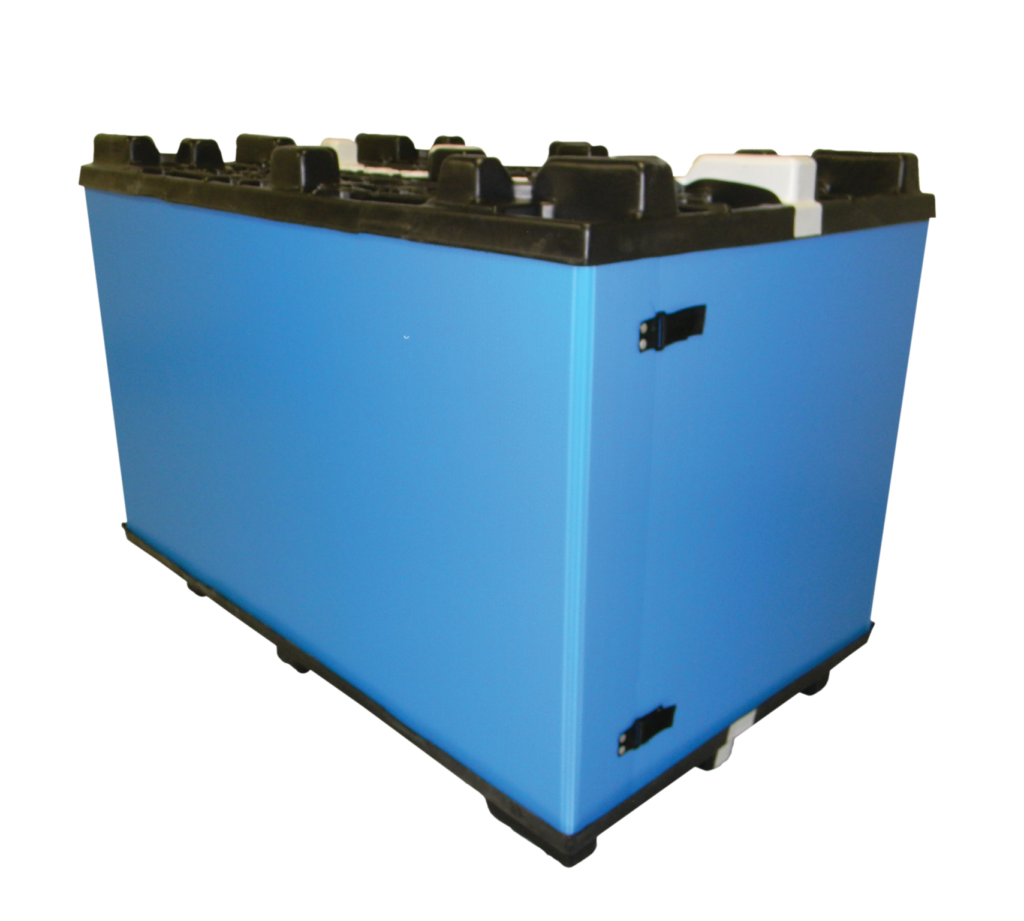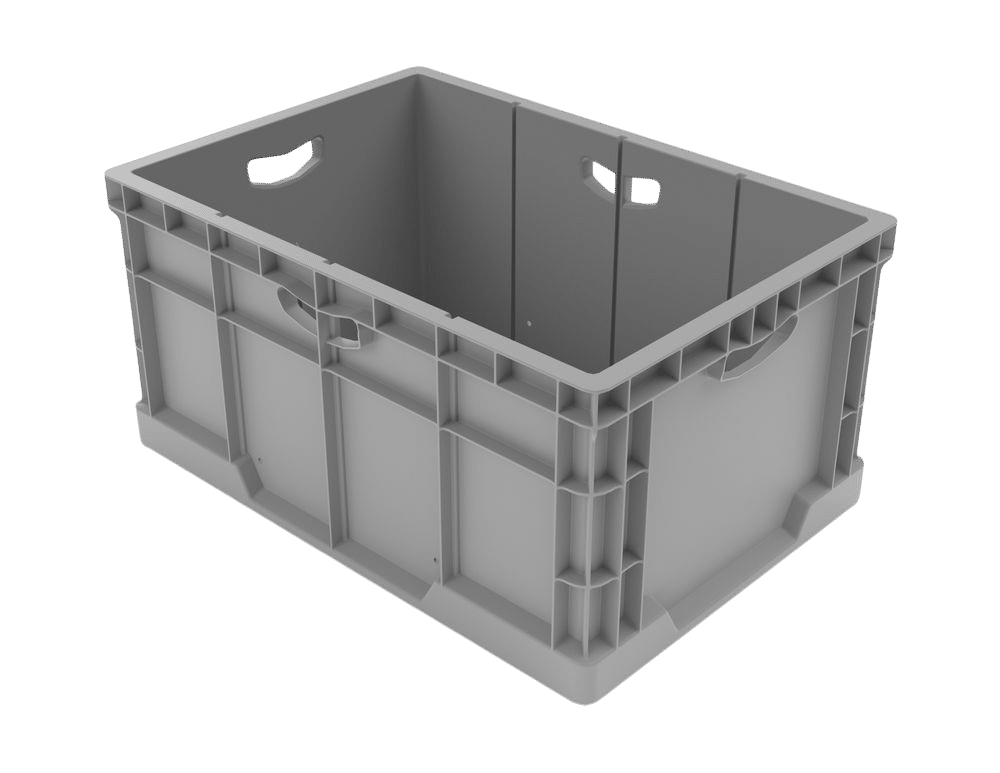Revolutionizing Automotive Packaging: 8 Trends Boosting Efficiency and Sustainability
The automotive industry is undergoing significant changes in how parts and components are transported and stored, driven by the need for greater efficiency, sustainability, and



